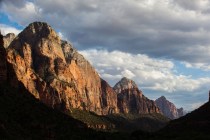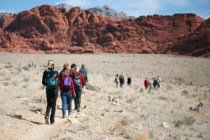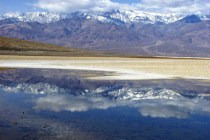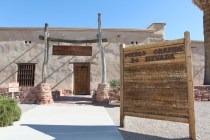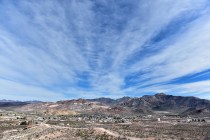Exploring U.S. 50 is a distinctly Nevada adventure
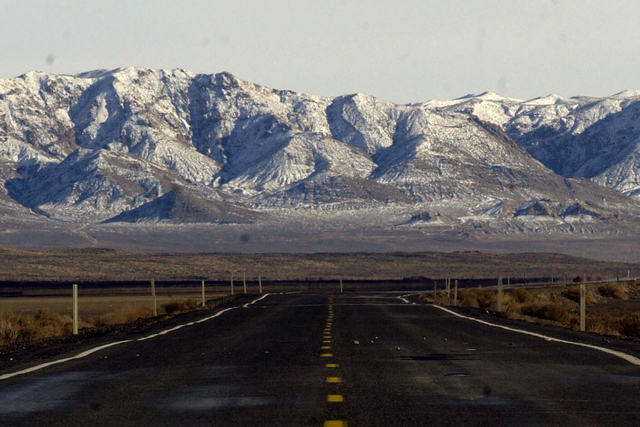
U.S. Highway 50, one of Nevada’s major east-west routes, traverses more than 400 miles of the state’s sparsely populated heartland as it parallels frontier trails.
The highway spans Nevada from the Utah border near Great Basin National Park to the California border at Lake Tahoe. Its asphalt ribbon unrolls across wide sage-strewn valleys and forested mountain passes, pausing at historic towns such as Ely, Eureka, Austin, Fallon, Carson City and Genoa.
Exploring U.S. 50 is a distinctly Nevada-style adventure.
A LONELY DRIVE
A July 1986 article in Life magazine famously dubbed the highway “the loneliest road in America.” The article warned that travelers on this route would need survival skills.
Travelers venturing into Nevada’s wide-open backcountry should enhance their survival skills by taking some precautions. Travel in a reliable vehicle with a good spare tire. Top off the fuel every chance you get. Carry a gallon of drinking water per person and extra for the car. Pack some nutritious snacks. Make sure everyone has a long-sleeved cover-up since most places in Nevada cool off rapidly after sunset, even in summer. Bring an up-to-date, detailed map, and don’t depend entirely on GPS technology. Cellphone service may be sketchy in some areas. If you break down, stay with your vehicle.
Some travelers find Nevada’s vast outback intimidating because it diminishes people and vehicles. Our wide landscapes may seem gaunt and lifeless to those used to cityscapes and greenery, but Nevada has a way of growing on you. Most come to appreciate the bare-bones beauty of long valleys and high ranges beneath the enormous blue sky. Spectacular sunsets cap long daytime travel hours, followed by dazzling night skies.
JOHN C. FREMONT
The route of U.S. 50 dates to a trip made by soldier and explorer John C. Fremont in 1845-46 into the West. In 1859, army topographer James H. Simpson sought a shorter wagon route across Nevada than the circuitous Humboldt River route. Soon emigrant trains and other traffic crossed Nevada south of the Humboldt Trail, finding water and enough feed for their stock to keep them heading west.
The Simpson Trail gained importance with the establishment of the Pony Express in 1860-61, which carried mail from Missouri to California in seven days for a steep price. Upon the heels of the Pony Express riders came the transcontinental telegraph, completed in 1861. By then, Pony Express riders shared the trail with stagecoaches of the Overland Mail Company. Since the coaches carried passengers, and mail and urgent messages could be sent by telegraph, the need for the Pony Express quickly disappeared.
SILVER MINES
The 1859 discovery of the Comstock Lode in Nevada sent prospectors fanning across mountains and deserts, making more rich strikes that established towns such as Austin and Eureka. Soon stage lines connected the mining camps. When the transcontinental railroad was completed in 1869, a new era of transportation followed, resulting in at least 100 railroads in Nevada.
The old wagon and stage road that would become U.S. 50 carried only local traffic until the coming of the automobile. The Lincoln Highway, one of the first cross-country highways, opened in 1913 and followed the old Simpson Trail. It received its U.S. 50 designation when the country adopted a numbered highway system in 1926.
Margo Bartlett Pesek’s column appears on Sundays.





